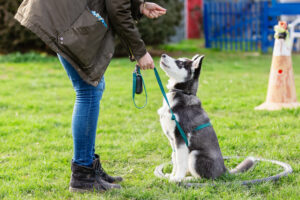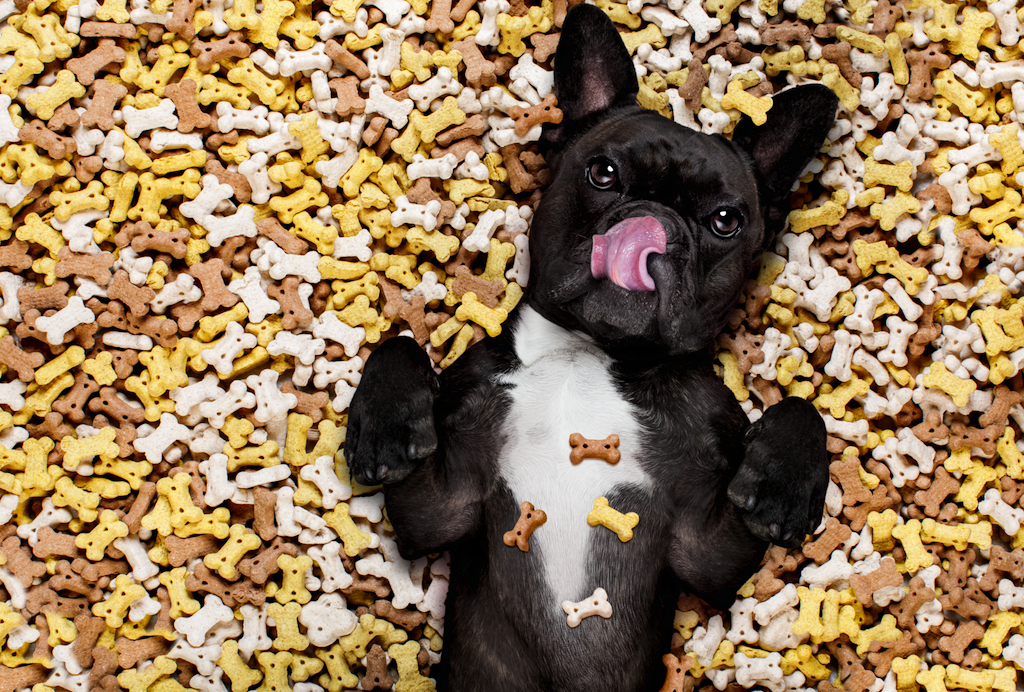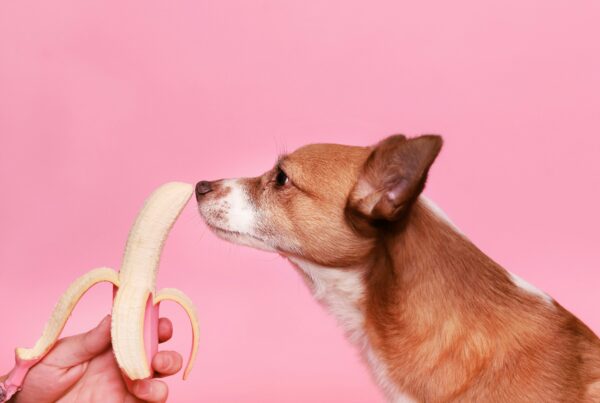Words are sometimes not enough to express how much you adore your dog. Many animal lovers even regard their four-legged partners in the same way as parents treat their children. As a result, they take every opportunity to spoil their beloved pets.
Giving your dog some treats is one way to express your unconditional love for them. These treats can be found in pet supply shops, drug stores, grocery stores, and online shops, or you can also make your own at home.
However, before offering treats to your pooch, you might ask questions such as, ‘How often can you give them to your dogs?’ or ‘Can dogs eat marshmallows?’ Read on to get some guidance on what you need to do and remember when it comes to dog treats.
Dog Treat Do’s
Here are some practices you may observe when feeding your dogs with treats.
1. Use Treats For Training
Dogs react well to treat-based training. Using treats as a reward for good behavior will help your dog become the well-behaved pup you’ve always wished they could be. You may gradually decrease the number of treats you give your dog, depending on how you teach them. The time might even come that they would behave properly without them.
Remember that more than the treats themselves, consistency and moderation are essential. If you’re training your pet to do tricks like catching a ball or rolling over, make sure they get rewarded every time they follow your instructions. Go for small, low-calorie dog treats to keep them at a healthy weight.
2. Use Treats For Exercises
Treats are also a perfect motivator for dogs if you would like them to do a few mental and endurance exercises. You can hide dry treats around the house to keep them moving. You may also use toys that can conceal a treat or challenge them to think and strategize in finding the treats.
Dog puzzles and dog games are effective ways to train your dogs to behave and get them active. You can also use treats to encourage them to try some fun and safe dog exercises with you.
3. Read Labels
Just as you would when shopping for your own food, make it a habit to read the labels on every dog treat you buy online or from a physical store. Usually, the serving sizes and ingredients are indicated on boxed pet treats. Examining the packaging will also help you spot ingredients that may be harmful to your canine buddy.
There are some treats that veterinarians recommend staying away from. These include brands containing fillers, meat or grain byproducts, additives, preservatives, and food coloring. If your dog is also allergic to certain chemicals, a brief scan of the packaging will reveal any ingredients that may cause an allergic reaction. If you want to control what goes in your dog treats consider making your own treats at home.
You may also look for a statement from the Association of American Feed Control Officials (AAFCO). The AAFCO establishes guidelines for pet food processing and verifies nutritional accounts.
4. Observe The Feeding Guide
Though your dog is unique and the feeding guide only includes suggestions you aren’t required to obey, it’s called a guide for a reason. It’s best to adhere to it because some dog treats are high in calories. Some have more than 75 calories per serving. Calories matter, and you don’t want your dog to gain so much weight they become obese. Obesity can be life-threatening for your dogs.
In general, the amount of treats your dog receives is determined by their age and fitness level. Younger, more energetic dogs can generally tolerate more dog food than older ones. Aging dogs are less likely to engage in intense physical exercise, necessitating fewer food rewards. If you’re unsure, a veterinarian may assist you in determining the proper amount of treats for your dog.

Picture of a woman who trains with a young husky on a dog training field.
Dog Treat Don’ts
These are what you should avoid when feeding treats to your dogs.
1. Do Not Replace Meals With Treats
Treats shouldn’t be provided at mealtimes. You can give treats as a light snack but never as a substitute for regular, healthy meals. Your dog still has to be able to eat during mealtime. Though dog treats can provide vital nutrients, your dog’s primary source of nutrition should be food.
2. Do Not Let Your Dog Get Used To Human Food
In the past, sharing some of the food on your plate with your dog might have been a common way to give them a treat, but many people are against it these days. One reason is when you feed human food to your dog, it can be harmful or toxic to them if you’re not careful enough. Chocolate, for example, is perfectly fine for people to consume, but it can be fatal to dogs. Other foods you may safely consume but shouldn’t give to your dogs include avocados, macadamia nuts, grapes, onions, and coffee.
Furthermore, nothing beats food that’s specially prepared for your dog. Animal treats provide your pet with the nutrition they need to stay healthy.
3. Do Not Give In To Their Begging
It’s heartwarming to see a dog all satisfied and happy after receiving a treat. However, giving a treat to a dog who’s nervous, hopping about, standing on objects, crying, begging, or barking is never a good idea. Rewarding them when they’re misbehaving can perpetuate the same habits you want to eliminate. Only offer them treats if they’re sitting or standing peacefully and patiently.
Key Takeaways
Treats are a great way for you to show your dog some affection. They allow you to get your dog in their best behavior and health, too. By knowing some simple do’s and don’ts, you’ll be able to use dog treats to ensure that your furry best friend is happy and satisfied every day.
Now that you know the importance of amount and types of dog treats, have you considered the impact of quality and quantity of water on your dog’s decision making skills?
Check this post on Water Quality and Your Dog’s Gut Health (Spoiler Alert: You’re Going to Rethink about Your Dog’s Digestion in a Whole New Way)




